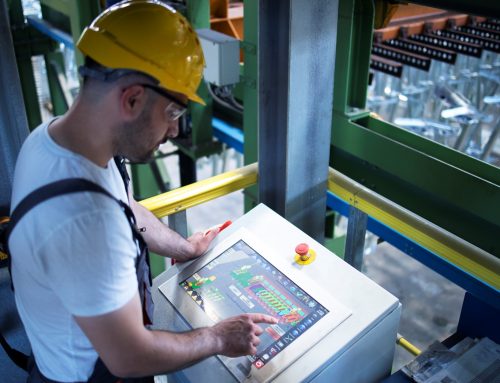Discover how to implement an effective preventive maintenance plan with specialized software. Ensure maximum performance of your assets!
Preventive maintenance is the key to avoiding headaches and losses. It reduces the risks of failures, cuts costs from unscheduled downtime, and prolongs equipment lifespan. These actions stem from a larger project: the preventive maintenance plan.
In this article, we will delve into how to implement an efficient preventive maintenance strategy and how specialized software can assist you in this process.
What is a Preventive Maintenance Plan?
A preventive maintenance plan is a set of periodic actions and activities aimed at ensuring that equipment operates without failures or unexpected interruptions. In other words, it sustains overall efficiency and profitability of operations.
This document outlines various activities, such as inspections, reviews, cleanings, and component replacements, with the goal of preventing failures and maximizing the lifespan of assets.
But how can it be constructed and implemented? Let’s find out now!
How to Implement a Preventive Maintenance Plan?
To implement an effective preventive maintenance plan, it’s important to follow some key steps.
1. Define Clear Objectives
The first step is to define clear objectives for preventive maintenance. What do you aim to achieve with it? Do you want to reduce the number of failures? Increase equipment availability? Decrease maintenance costs?
2. Identify Critical Assets
The next step is to list all assets and identify the most critical ones. Criticality here refers to equipment and systems that are vital to your business and whose failure could result in major losses.
One way to classify critical assets is by using the ABC method, which divides assets into three categories:
● A: Highly critical assets that require maximum resources and care to prevent failures.
● B: Moderately critical assets that can tolerate some failures without compromising production.
● C: Low criticality assets that don’t significantly affect production in case of failure.
3. Establish Frequency and Procedures
After defining objectives and identifying critical assets, it’s time to establish the frequency and procedures of preventive maintenance. This will depend on the specific characteristics of each equipment or system.
This involves creating a maintenance schedule based on criteria such as usage time, environmental conditions, manufacturer recommendations, and failure statistics.
You can create a schedule using a spreadsheet, but there’s a much more efficient way to do it. Here’s how.
5. Utilize Specialized Software
Specialized software can help you manage your preventive maintenance plan more efficiently. It can help you:
● Create maintenance schedules.
● Monitor asset status in real-time.
● Generate reports.
● Provide notifications about potential issues.
What are the actual benefits of using specialized software?
Apart from the obvious convenience of managing all maintenance processes through a unified platform, maintenance management software also saves time and resources.
Also, remember that it becomes much easier to ensure your equipment and systems are maintained according to manufacturer recommendations.
Safety should also not be left out. Specialized software can help you identify and rectify potential problems before they cause failures.
Preventive maintenance is an essential strategy for any company aiming for efficiency and operational quality. By implementing an effective preventive maintenance plan and using specialized software, you can ensure that your equipment and systems are always in good working condition.
Ready to optimize your operations? Request a demonstration of Manusis4 and manage your preventive maintenance plan intelligently!






Leave A Comment